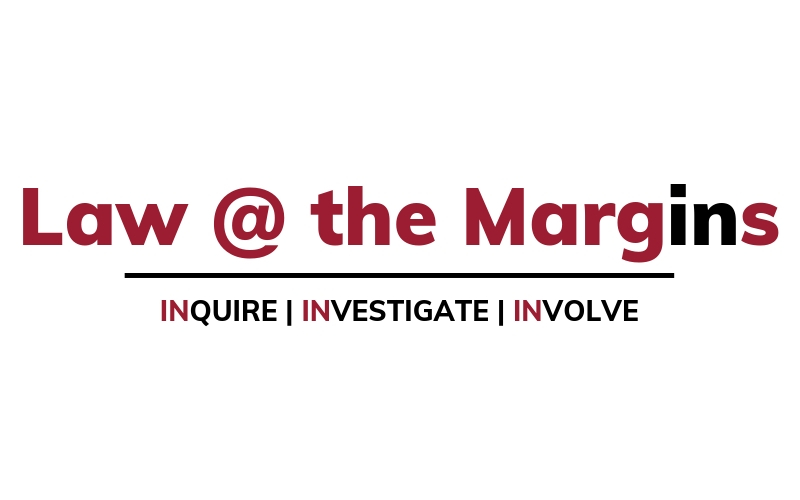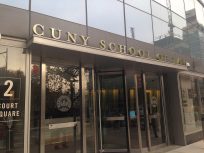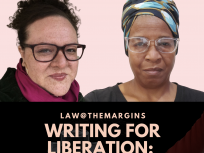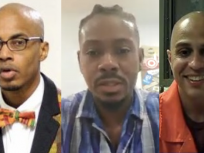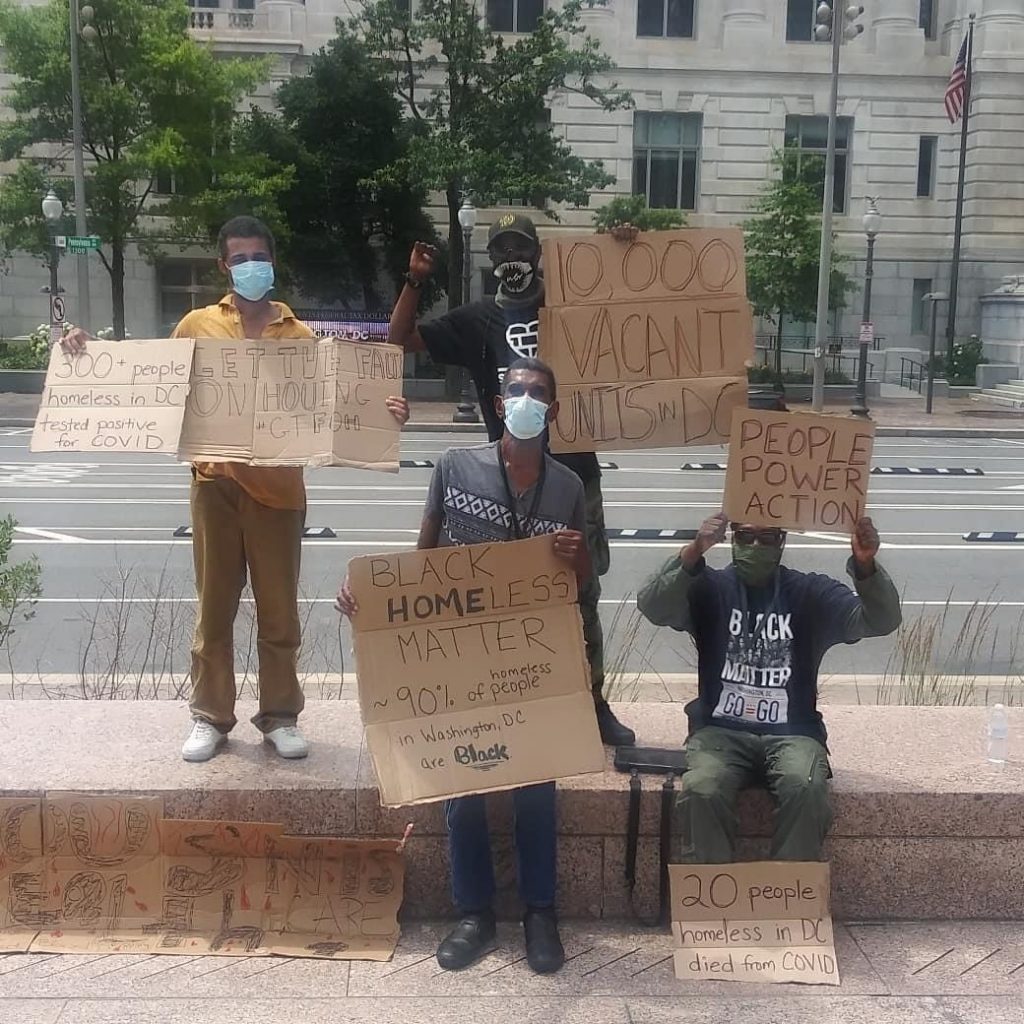
COVID-19 presents another challenge for the unhoused community in Washington, D.C. Will local leaders take the right actions to create positive social change after this unprecedented crisis?
By Reginald Black
WASHINGTON, D.C.—The coronavirus pandemic has affected every community in different ways. One population hit as hard as any are people experiencing homelessness.
Before the pandemic struck the United States, some parts of the country like the District of Columbia were working to address the needs of the homeless. Those plans changed. Due to COVID-19, homeless shelters in D.C. shifted to 24-hour service, and housing placements were suspended. In normal times, according to Point in Time (PIT) data that the D.C. Interagency Council on Homelessness (ICH) reports, the average length of stay for people experiencing Homelssness in 2019 was 174 days for individuals and 281 days for families.
But the vulnerable still get little to no help. More than 6,000 of the nation’s estimated 568,000 homeless people are in Washington, D.C., and they have not been spared from COVID-19. Since March, according to the Howard Center for Investigative Journalism, there have been at least 153 deaths of homeless people in just six areas with large homeless populations — San Francisco, Los Angeles, New York City, Washington, D.C., Seattle and Phoenix — and at least 206 deaths nationwide by early August.
The District of Columbia has not seen an emergency on this scale since the 1918 influenza pandemic, which killed about 3,000 people in the region. Over 100 years later, Washington, D.C., is one of the most gentrified cities in the U.S., according to a study by the National Community Reinvestment Coalition. The nation’s capital also has the highest rate of homelessness. In 2019, Washington, D.C., reported the singles system only had one voucher per 10 people without dependent children, so it remains to be seen what the full ramifications of coronavirus will be for unhoused people. A Columbia University professor found that homelessness in the U.S. could grow by 45 percent due to mass unemployment.
The COVID-19 public health crisis has put a tremendous strain on communities across the world. But some experiences remain untold. These stories of underserved communities could pave the way for better responses to the crisis and social issues as well.

Those living in shelters during this pandemic are finding it hard to deal with certain conditions. Lowell Long, a 44-year-old former auto mechanic and stroke survivor from D.C., has been homeless since 2018. “Social distancing is pretty much obsolete here,” he said of the shelter where he lives. “Outside of here, you can pretty much isolate yourself if you want. I’ve met some good people, but there are some bad people out here especially. These security guards, they treat you like shit. My situation, that happened to me.”
Long says he was assaulted by a guard while staying in a city-run shelter during the health emergency. “I complained that he bullied me, threatened me, and he was still able to work here, and I sustained injuries at his hands.” The only incident that Long saw result in disciplinary action was following another attack by security. “After I got injured, they fired him right away,” Long said. “Other than that, we have no say. You gotta be hurt or something to be heard around here.”
“I wish there was more oversight for these security guards and all these shelters really,” he added “They do what the hell they wanna do. … We don’t really have a voice as homeless folks.”
In the early days of the pandemic, D.C. officials reported to the community that they were providing rooms for self-isolation. When asked if Long got any of these other services and whether officials considered him vulnerable to the disease, Long said, “Yeah, they do, but they didn’t offer me nothing.” The District of Columbia Department of Human Services (DHS) shares weekly updates on its operations and status of positive cases in the homeless community, even going as far as securing hotels for what the agencies calls isolation and quarantine and the Pandemic Emergency Program for Highly Vulnerable Individuals. As of Oct. 31, 353 individuals in Washington, D.C., shelters have tested positive with COVID-19, and at least 21 people in the homeless service system have died from the virus.
Homeless people have only been able to watch as this crisis has unfolded, forced to put their lives on hold. Some people who are homeless have had to remain in settings that are not suitable for preventing the spread of COVID-19. Hearing more of their stories could encourage communities to come up with responses that can help.
Searching for Solutions
It has been over six months since the coronavirus seeped into the District of Columbia. In that time, the District government has had to come up with an array of strategies to ensure that the city has an effective response to mitigate the spread of the highly contagious virus.
Homeless people are in a state of constant flux, and each day brings new challenges for this often overlooked community. With COVID, once again, they have been more ignored than most populations that received help from agencies, neighbors and local governments. While healthcare workers and shelter staff had access to free testing, many in the homeless community could not obtain a COVID-19 test unless they displayed symptoms. Many people experiencing homelessness do not have access to a primary doctor to set appointments for COVID tests as well.
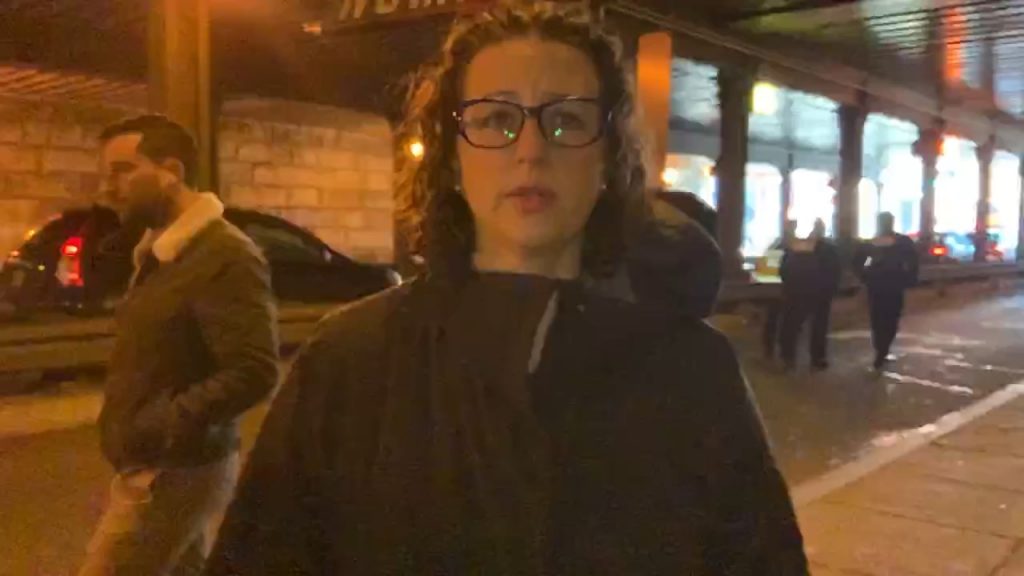
Long is hopeful about his plight, provided things get back to some kind of normal. He sees this crisis as a way to potentially end his homelessness for good. “If the city would open back up, I wanna go to school to learn how to become an IT [information technology] technician. With the city shut down and everything, it seems like it’ll never open back up.”
The city began to reopen in July. While life still has not returned to the way things were before COVID (and probably never will), Laura Zeilinger, the director of the D.C. Human Services, has seen some positive signs since early spring.
“DHS and our partners were just beginning to set up a number of protective interventions to support our residents who experience homelessness, especially those in shelter,” Zeilinger said in July on the Kojo Nnamdi Show for American University Radio. “And this continues to be a challenging situation. However, data shows that our efforts are working. So our trends have followed the rest of the city in terms of new infections, and we’ve seen a sharp decline in cases in our emergency shelters.”
Zeilinger has been at the forefront of the city’s response to address both homelessness and COVID-19. On the DHS website, they launched a storyboard to share key strategies about reducing the spread of COVID in the community and show how D.C. is supporting those experiencing homelessness during the pandemic.
One challenge has been getting an accurate count of how many people are experiencing homelessness. Homelessness is historically undercounted in the census, and the coronavirus likely will produce a bigger undercounting than usual. This could have a major impact on the homeless community since the 2020 Census will determine how federal dollars get allocated, including funding for housing assistance programs.
“The situation is really challenging to have done a comprehensive count, so no I don’t think that we will have a full capture of people who are experiencing homelessness,” Zeilinger told The Washington Post in early October. “I think people did the best they could.”

As the District of Columbia continues to coordinate the best possible responses to this crisis, will its leaders listen to the voices and recommendations of the homeless community to address their needs?
D.C. is one of many jurisdictions that has taken part in coordinated access to obtain housing. The process includes triage assessment of a person’s vulnerability, case management and coordination, as well as housing search and placement. The focus is making sure people are in a safe place.
D.C’s Coordinated Assistance and Housing Placement system uses many factors to determine how a person who is homeless in the city can get housing, including age, history of homelessness, physical and mental health, and substance use information. After an evaluation, the program identifies who should get prioritized for the resources available at the time.
The Department of Human Services and its providers have been using the same data to identify those most at-risk to serious effects if they were exposed to COVID-19. “We are using that data to identify people as well as understand medical information to prioritize for housing to ensure we are reaching out to provide opportunities for safe placement and isolate people who are most vulnerable should they be exposed to COVID-19,” Zeilinger said.
A number of factors determined those decisions, such as Center for Disease Control (CDC) guidance and direction from the community based on infection and spread.
Zeilinger was optimistic, however, about when housing activities could occur. “If we understand that we may be in this state for a prolonged period beyond a matter of days, we will look to ways we can continue that key part of our work,” she said.
‘All They Wanna Do Is Kill Us and Jail Us’
Homeless communities in Washington, D.C., have faced hardships for a long time. Before the health crisis, some residents who live in encampments had to face a permanent eviction from a street that over 40 people called home.
The NoMa neighborhood (North of Massachusetts Avenue) has had many debates about the issue. In January, those issues came to a head. The encamped residents of K Street, which has been at the center of dialogue about homelessness in the neighborhood, were to undergo a final cleanup and removal. The action by city officials to permanently clear the encampments from K Street caught the attention of residents.
Nancy Burkley, 37, visited the encampment the day of the eviction to support the people there and help them move their belongings and protest the city’s decision. Burkley was born in St. Louis, Missouri, and is the only member of her household born in the United States. Burkley has called the District of Columbia home since 1985. She feels that the removal of unhoused residents from K Street may have ties to prior racial issues that have affected the country. “The word segregation has been upgraded to gentrification,” Barkley said. “I’m homeless, too. I live with my mother. I don’t have a lease in my name.”
Burkley is not shy about sharing her opinion. “We have the biggest hate in the White House,” she said, referring to President Donald Trump. “He don’t come out here and walk the streets and see what we are dealing with. He has billions of dollars and used none of it for us.”
Burkley feels the same about the current Washington, D.C., mayor, Muriel Bowser.
“She’s not doing anything for us,” Burkley said.
She is also skeptical about media outlets, and said she even got into a shouting match with a local reporter who seemed to refuse to interview her. “She’s a newcomer and she don’t know what’s going on,” Burkley said. “They are not really here for us.”
Burkley’s strong connection to residents of the city was a prime motivation for her presence at the cleanup. “This is meaningful,” she said.“All they wanna do is kill us and jail us.”
Emergency Health Crisis Hits Close to Homeless
When the pandemic first reached the U.S., many states and cities began to adopt policies that would help people experiencing homeless combat the virus.
Congress was able to allocate about $4 million to help support people experiencing homelessness during the pandemic. Congress also identified $5 billion for community development block grants, as well as $2 billion to states and local governments to aid them with a response to help the unhoused.
Now there are new problems for marginalized people. Many fear that as the pandemic and economic crisis drag on, there will be a huge wave of evictions in the coming weeks. Shamus Roller, the executive director of the National Housing Law Project, explained that the eviction protections Congress passed in response to the health crisis only cover a 120-day moratorium on evictions for nonpayment of rent.
Roller also said properties with federally backed loans were covered. This would mean that 42 percent of single-family home mortgages and 2.3 million multifamily properties under Fannie Mae and Freddy Mac were covered by the provision produced by the CARES Act. Roller laid out what did not qualify for provisions provided by prior eviction filings, nonpayment of rent, and evictions for other reasons. “We may see people evicted for the end of the one-year term,” he said.
Where We Go From Here
The challenges of the coronavirus pandemic have brought people together in some ways. Of course, that newfound unity has not come without a human cost in terms of positive cases and deaths. Although housing placements resumed in June, and we have slightly contained the spread of COVID-19 among the homeless community, there is a lot more work to do in Washington, D.C. What is needed is the political will and budget to do it.
Those who are experiencing homelessness have more ideas on how to move toward ending homelessness. One of the ideas involves using the city’s more than 10,000 vacant apartments to protect its 6,500 homeless residents from the virus. The plan is called Vacant to Virus-Reduction (V2VR), and it takes a “housing first” approach. Housing is a human right and need. It is even more important now as a defense against the coronavirus. Housing also is physical, mental and emotional healthcare. And homelessness and incarceration are expensive. The V2VR plan would address all of these issues in a humane and viable way.
We get there by making the financing work. Washington, D.C. routinely gives money and land to companies to finance development projects to stimulate economic development. Why not use this same tactic to spur economic development by providing housing stability, and thus healthcare, to people who are currently not housed or who are housing unstable?
Policymakers need to encourage more public input, support ideas like V2VR that can help the homeless community, and turn these ideas into action. Then we can build on the successes and lead our community to better days ahead.
Community Based News Room publishes the stories of people impacted by injustice and aspiring for change. Do you have a story to tell? Please contact us at CBNR. To support our Community Based News Room, please donate here.
